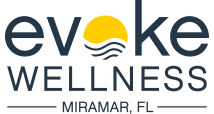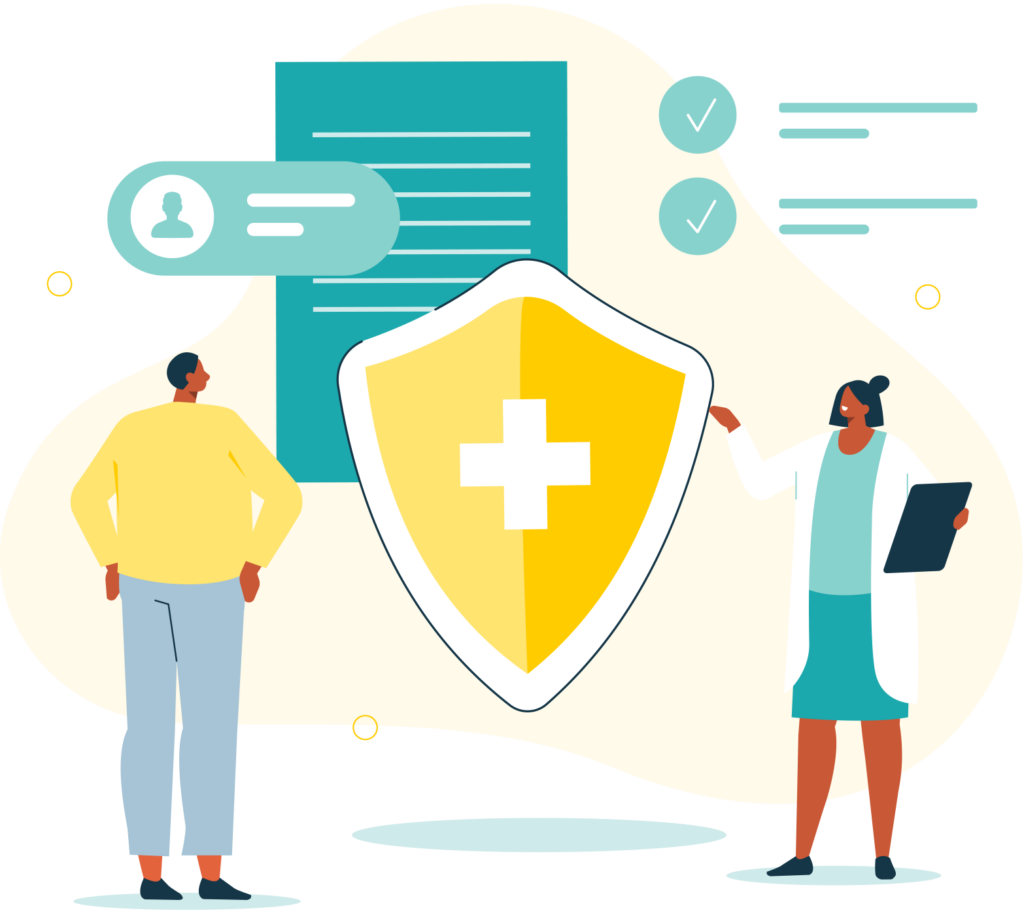Opana is one of the common brand names for the drug, Oxymorphone. This medication is an opioid analgesic prescribed for moderate to severe pain. Usually, Oxymorphone is given to people whose pain is not controlled or relieved by other medicines. The drug works on the brain and central nervous system to alter how the body reacts to pain.
What Does Treatment For Opana Addiction Involve?
Having looked at the high prospects of Opana for causing addiction, it becomes necessary to understand what a good rehabilitation plan looks like. First, an individual would need to go through detoxification, residential treatment, outpatient programming, and aftercare for the best recovery processes. These stages of healing allow for a more intensive recovery and further enhance the individual’s resolve to stay sober during and after treatment. Moreover, the recovering individual will learn and cultivate superior skills to prevent and heal after relapse during extended therapy.
Is Opana Addictive and Dangerous?
Being an opioid already translates to a substance having a high likelihood of causing dependence. Such is also the case with Opana. Taking the drug for an extended period or using the medicine outside recommended dosages promotes drug reliance. There are several consequences to building a habit around Opana, including:
- Fast or irregular heartbeat
- Low blood pressure
- Red eyes, and in some cases, pinpoint pupils
- Hallucinations
- Anxiety
The most contributing factor to Oxymorphone misuse is its ability to induce relaxation and feelings of happiness. Thus, individuals seek this high from the drug and begin obtaining it illegally or taking more than prescribed dosages.
Detoxification and Withdrawal Symptoms After Opana Misuse
Detoxification is the first step and involves the removal of Opana toxins built up in the body over time. These toxins are responsible for the continued dependence and craving since the body has already built up a tolerance for the substance. Abstinence is a key element during this stage, and so is withdrawal management. Withdrawal is the manifestation of specific symptoms like agitation, abdominal cramping, and diarrhea upon abstinence. It involves the body protesting against halting the continuous supply of the substance as the individual abstains. Withdrawal is a critical occurrence in any recovery plan and if not properly handled, may lead the individual to run back to addiction. Medically supervised detox is the best bet to manage the fragile yet volatile incidence of withdrawal symptoms safely.
Different Programs of Recovery From Opana Addiction
Inpatient and outpatient care offer therapy and counseling sessions to improve individuals’ mental state to live free of Oxymorphone. The main difference between the two forms of programming lies in schedule flexibility, as residential care is more restrictive. The recommended forms of therapy provided here are cognitive-behavioral therapy (CBT) and dialectical behavioral therapy (DBT), which deal with the unhealthy thoughts at the root of any addiction.Aftercare or an alumni program are periodic check-ins to help the recovered individuals maintain their sobriety. It involves programming held at intervals to allow individuals to share their recovery journey stories, how they have maintained staying sober, and bond with others. The focus here is on sustaining healthy living after recovering, preventing relapse, and living a chemically-independent life after rehab.
Where Can I Get This Treatment for My Addiction to Opana?
Rehab must be done in a licensed recovery center to get the above-recommended care for any case of Opana dependence. Evoke Wellness at Miramar offers an opportunity with its lineup of experienced and qualified specialists who utilize modern, evidence-based treatment methods. For inquiries on their recovery plans, admissions, and more, please reach a recovery advocate today.


